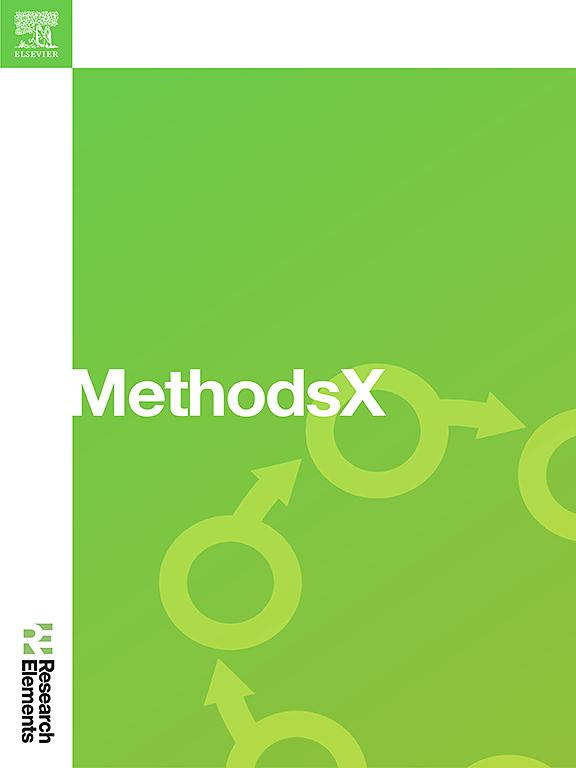Explainable forecasting of air quality index using a hybrid random forest and ARIMA model
IF 1.9
Q2 MULTIDISCIPLINARY SCIENCES
引用次数: 0
Abstract
Accurate and interpretable prediction of the Air Quality Index (AQI) is critical for public health decision-making and environmental policy enforcement. This study presents a hybrid forecasting framework that combines the strengths of Random Forest Regression (RFR) and Autoregressive Integrated Moving Average (ARIMA) models to improve AQI prediction accuracy while maintaining model transparency. The RFR captures nonlinear relationships among pollutants, while ARIMA is used to model the temporal patterns in RFR residuals, forming a two-stage learning architecture. The model is trained and evaluated on multi-year AQI data from India and validated using an expanding window cross-validation strategy to maintain temporal integrity. To ensure transparency and interpretability, the study employs SHAP ((SHapley Additive Explanations) to uncover the influence of key pollutants such as PM₂.₅, NO₂, and SO₂. Additionally, Ljung-Box diagnostics and uncertainty bands are used to validate model adequacy. Compared to baseline models, the hybrid approach achieves lower Mean Squared Error (MSE = 508.46) and a higher R² score (0.94), confirming improved generalization. This research contributes a replicable, explainable, and efficient AQI forecasting framework suited for deployment in resource-constrained urban environments. The method comprises of:
Residual learning hybrid model: Random Forest for prediction + ARIMA for residual correction
Time-aware validation using expanding window cross-validation
Model interpretability through SHAP analysis

混合随机森林和ARIMA模型对空气质量指数的可解释预测
准确和可解释的空气质量指数(AQI)预测对公共卫生决策和环境政策执行至关重要。本研究提出了一种混合预测框架,结合随机森林回归(RFR)和自回归综合移动平均(ARIMA)模型的优势,在保持模型透明度的同时提高AQI预测精度。RFR捕获污染物之间的非线性关系,而ARIMA用于模拟RFR残差的时间模式,形成两阶段学习架构。该模型在印度多年的空气质量数据上进行训练和评估,并使用扩展窗口交叉验证策略进行验证,以保持时间完整性。为了确保透明度和可解释性,该研究采用了SHapley加法解释(SHapley Additive Explanations)来揭示PM 2等关键污染物的影响。₅,NO₂,和SO₂。此外,Ljung-Box诊断和不确定带用于验证模型的充分性。与基线模型相比,混合方法获得更低的均方误差(MSE = 508.46)和更高的R²分数(0.94),证实了改进的泛化。本研究提供了一个可复制、可解释和有效的AQI预测框架,适合在资源受限的城市环境中部署。该方法包括:残差学习混合模型;随机森林预测+ ARIMA残差校正;扩展窗口交叉验证的时间感知验证;SHAP分析的模型可解释性
本文章由计算机程序翻译,如有差异,请以英文原文为准。
求助全文
约1分钟内获得全文
求助全文
来源期刊

MethodsX
Health Professions-Medical Laboratory Technology
CiteScore
3.60
自引率
5.30%
发文量
314
审稿时长
7 weeks
期刊介绍:
 求助内容:
求助内容: 应助结果提醒方式:
应助结果提醒方式:


